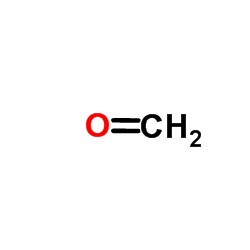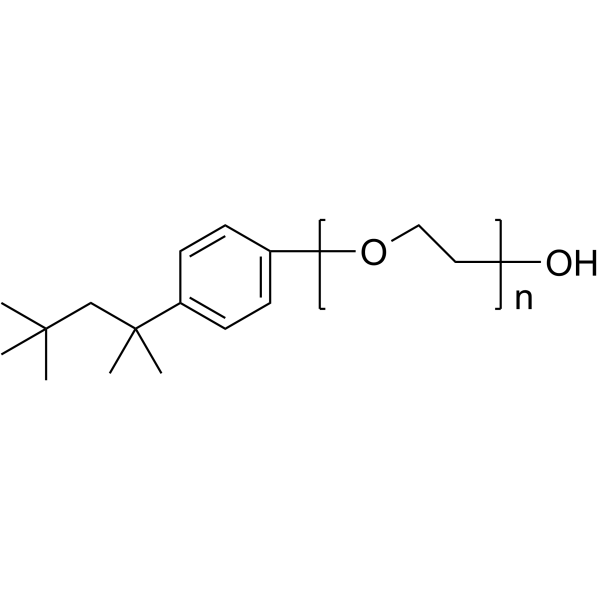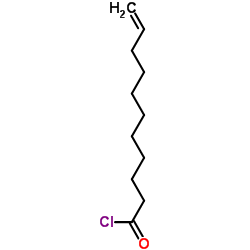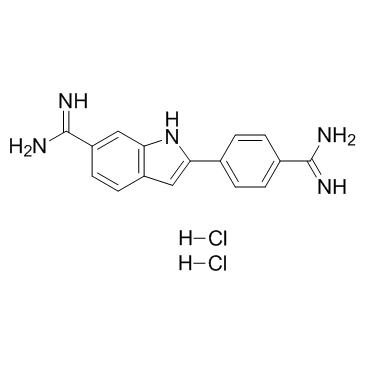| Structure | Name/CAS No. | Articles |
|---|---|---|
 |
Formaldehyde
CAS:50-00-0 |
|
 |
Forskolin
CAS:66575-29-9 |
|
 |
Triton X-100
CAS:9002-93-1 |
|
 |
Undecylenoyl chloride
CAS:38460-95-6 |
|
 |
4',6-Diamidino-2-phenylindole dihydrochloride
CAS:28718-90-3 |